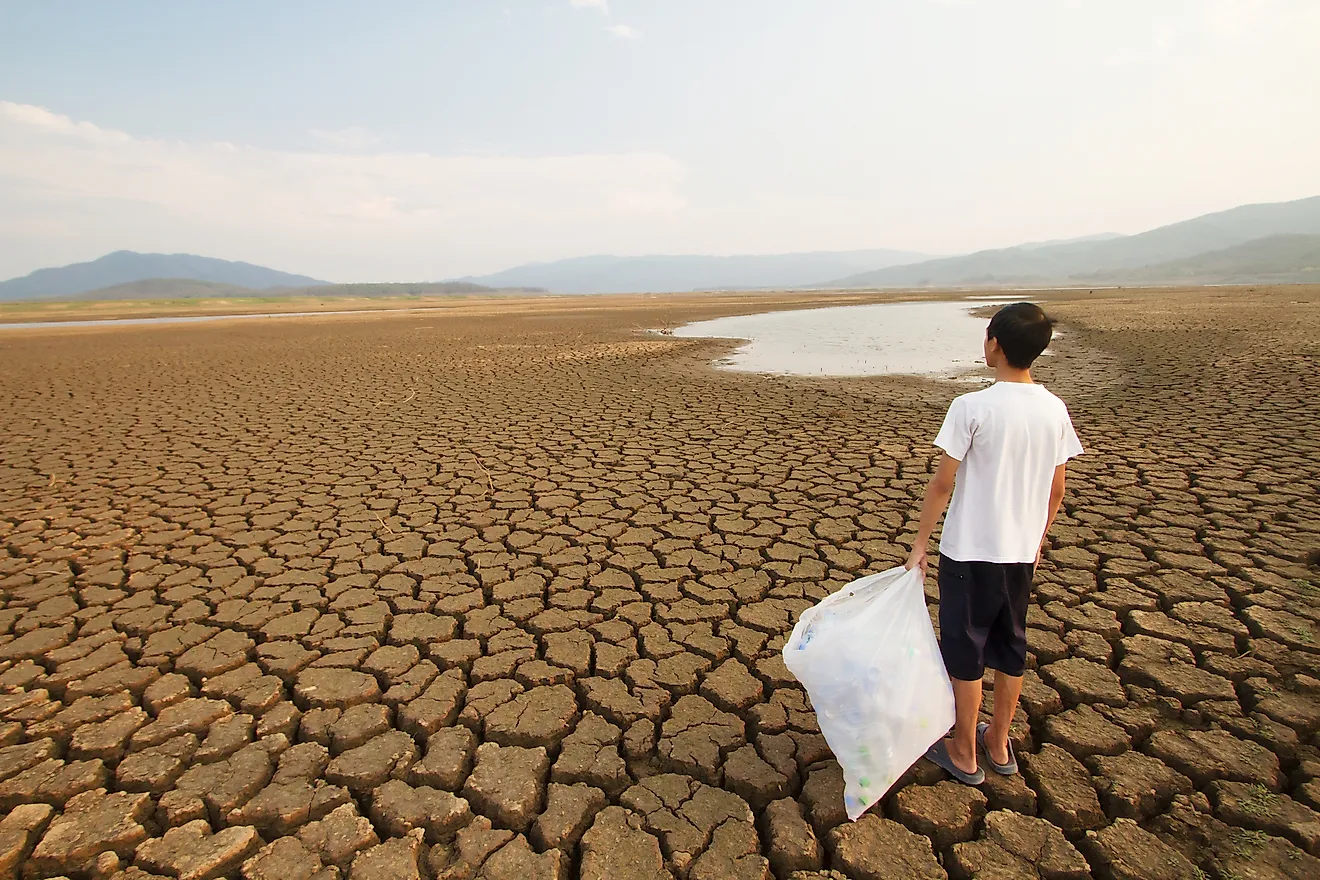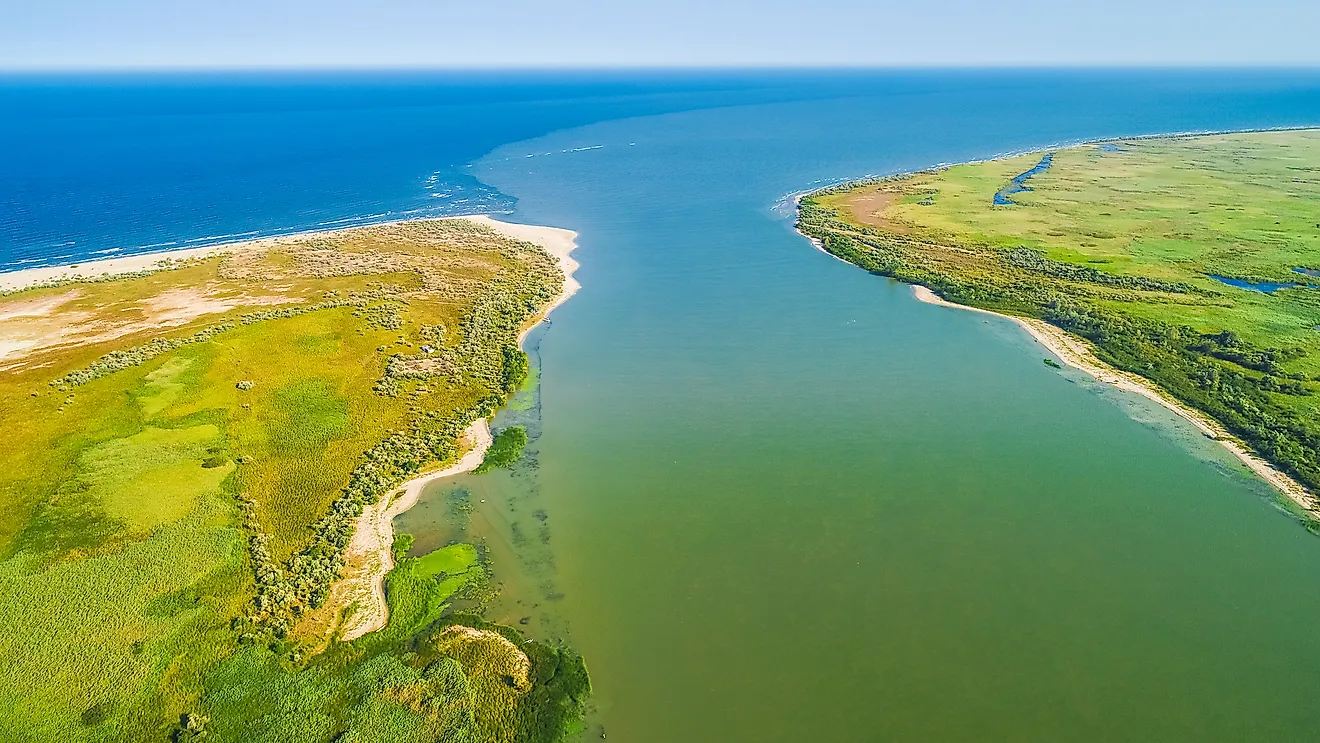What is Desertification?

Severe land degradation has affected over 168 countries around the world. The number indicates a significant increase in the number of affected countries from 110 states in the 1990's. The cost of land degradation has also increased significantly to a whopping $490 billion USD per year. The degradation is also wiping out areas three times the size of Switzerland annually. Desertification is impeding development, especially agriculture in most of these countries leading to widespread famine and malnutrition. These countries have to rely on donations from other countries as their land is rendered useless for any meaningful production. Desertification has also played a major part in shaping the human history. Several empires such as Greece and the Roman Empire collapsed because of desertification
What Is Desertification?
Considerable controversies exist over the definition of the term “desertification” with over 100 formal definitions existing today. However, the widely acceptable definition is given by the UNCCD is "degradation of land in arid and dry sub-humid region caused by several factors including climate change and human activities". Desertification is, therefore, a type of land degradation whereby a dry area becomes arid and loses its water bodies, vegetation cover, and wildlife. A desert is either human-made or natural depending on the process of its formation. Most of the world’s known deserts are formed through a natural process which interacts over an extended period of time independent of human activities.
What Factors Are Responsible For Triggering Desertification?
There are several causes of land degradation with most of the causes related to drought, climate change, poor agricultural practices, and poor water management. Loss of vegetation cover is an immediate cause of land degradation. The loss of vegetation is driven by intensive agriculture, deforestation, and overgrazing which exposes the soil to erosion and surface runoff. Unprotected soil can also be carried away by wind leaving the infertile lower soil layer exposed to the sun. The exposed soil becomes an unproductive hardpan and develops desert-like features. The landscape may go through different stages and transform in appearance as the process of desertification takes place. Desertification may create large empty spaces over a wide range of land, a situation known as “Brousse tigress.” Climate change is a major contributing factor to desertification in areas with minimal human activities. Climate change contributes to change in the pattern of vegetation growth which may lead to the loss of vital plant species that are important soil cover. Climate change also alters the climate of an area which may lead to the formation of dry sub-humid climate which sustains the process of desertification.
What Are The Ill-Effects Of Desertification?
Dry areas cover about 40% of the Earth's surface and are home to billions of people. About 10-20% of the dry land is already degraded with 2.3 million to 4.6 million square miles affected by desertification affecting over 120 million people living in dry areas. A further one billion people around the world are under the threat of desertification according to the UNCCD. Land degradation and drought are slowing the rate of development in about 200 countries. An estimated 4 to 12% of the agricultural GDP is lost annually due to the poor environmental conditions resulting in widespread severe hunger and strife in most continents. The food crisis is acute in many African countries including Somali, Kenya, Ethiopia, and Djibouti where the weak government and inadequate annual rains attributed to global warming are facilitating desertification. In China, about 500 million people are affected by land degradation leading to an annual economic loss estimated at $10 billion.
Areas Most Affected By Desertification
Severe land degradation leading to desertification is now affecting over 168 countries around the world. Africa and Asia are the most affected areas in the world by desertification. The impact of climate change and human activities are present in these areas with high levels of desertification compared to other areas in the world. Africa has lost over 250,000 square miles of its productive agricultural land over the last 50 years. Sahara desert covers the largest area with the desert climate in Africa. Sudan is suffering from the effect of desertification which has been brought about by the effects of climate change. The amount of rainfall is lowest in the northern part of the country where land degradation is severe. The area receives about 24 mm of rainfall annually which is not sufficient for the sustenance of agriculture and livelihood in the area.
Tunisia is one of the North African countries worst hit by the effects of desertification. The country has one of the worst overall soil conditions while the Sahara Desert covers much of the country. Poor farming methods such as overgrazing, deforestation, and limited natural resources such as water are also contributing to desertification. Tunisia has fallen short of the global 10% of its land under protection with the country protecting less than 3%. 17 mammal species and two reptiles are threatened while one mammal species and 792 plant species are extinct due to the effect of desertification in Tunisia. Tunisia’s desert conditions and effects are similar to other North African countries including Egypt, Morocco, Algeria, and Libya.
Desertification and land degradation in China are both natural and human-induced. More than 27% of the country comprises of a desert. China population is fed by only 7% of the country. The areas affected by desertification in the country are marginal. Desertification is distributed in arid and semi-arid areas of the western part of the North East China. The areas are characterized by three types of desertification: soil salinization, sandy desertification, and land degradation as a result of water erosion. Desertification in China has caused diverse impact in the country including reduced farmland, falling incomes, and out-migration within the country.
Countermeasures And Prevention
Measures exist for mitigating and reversing the effects of land degradation. However, there are many obstacles to implementing some of the measures which have been put forward. Lack of political will and the cost of such measures is slowing the rate of their implementation. Reforestation is being encouraged by environmental organizations. The local population is focusing on educating the local community on the dangers of deforestation and the need for reforestation. The Food and Agricultural Organization has launched the Drylands Restoration Initiative to draw together knowledge and experiences on dryland restoration. Environmentalists are also promoting sustainable agriculture that focuses on soil conservation. However, the cost of adopting a sustainable agriculture may exceed the benefit to an individual farmer.











